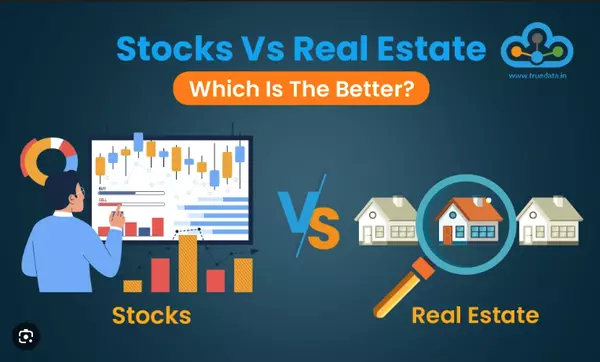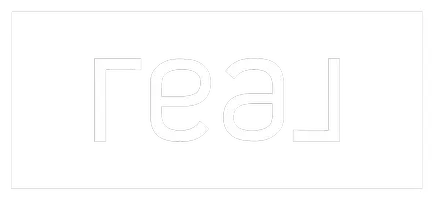Home Inspections: What They Cover and Why They Matter
Introduction: More Than Just a Checkbox
Buying a home isn’t just a financial decision—it’s an emotional one too. And yet, amid the excitement, there’s one crucial step many people treat as a formality: the home inspection. But here's the truth—home inspections are your safety net. They help you peek behind the fresh paint and staging furniture to see what really lies beneath the surface.
What Is a Home Inspection?
A home inspection is a non-invasive, visual examination of a property’s physical structure and mechanical systems. Think of it like a comprehensive check-up for a house.
Who Conducts It?
A certified home inspector is the professional hired to assess the condition of the home. They aren’t there to pass or fail the property—but rather to provide detailed information so you can make an informed decision.
When Does It Happen?
Usually, the inspection happens after your offer is accepted but before conditions are removed. In hot markets, buyers may conduct pre-offer inspections to stay competitive.
What’s Covered in a Home Inspection?
Inspectors typically follow a checklist, but here’s what most reports include in detail:
Exterior Elements
Inspectors start from the outside. After all, if the shell of the home isn’t sound, what’s inside won’t matter much.
Roof
From missing shingles to poor flashing, the roof is a top priority. Inspectors look for signs of leaks, aging, and improper installation. Roof issues are among the most expensive repairs—so this section alone can save you thousands.
Foundation and Drainage
Cracks, sloping floors, and water pooling around the home can indicate foundation issues. Inspectors will also check grading and downspouts to ensure proper drainage away from the structure.
Interior Systems
Once inside, the home’s vital systems are examined.
Electrical Systems
Is the panel updated? Are there any double-tapped breakers or aluminum wiring? Faulty wiring isn’t just a nuisance—it’s a fire hazard.
Plumbing and Water Pressure
Leaks, rusted pipes, and poor water pressure are all signs of outdated or deteriorating plumbing. The inspector will check under sinks, around toilets, and test fixtures.
HVAC Systems
Heating and cooling systems are checked for age, function, and maintenance. A neglected furnace or dying A/C unit can become a budget-buster post-possession.
Structural Components
Floor joists, load-bearing walls, and visible framing in basements or attics are assessed to ensure the home is structurally sound. Sagging beams or bowing walls may signal bigger problems.
Appliances and Fixtures
While not always required, many inspectors will test built-in appliances like stoves, dishwashers, and garbage disposals. These smaller items aren’t dealbreakers, but every issue adds up.
What’s Not Typically Included?
A home inspection doesn’t cover everything. These are common exclusions:
- Septic systems
- Well water testing
- Pests (unless visible)
- Swimming pools
- Mold testing (unless agreed upon)
- Cosmetic issues
Want these reviewed? You’ll need specialized inspections—often at an additional cost.
The Importance of a Home Inspection
So why bother with a home inspection if the home looks fine?
Peace of Mind for Buyers
A good inspection reveals issues early—before they become your problem. It helps buyers sleep better at night knowing what they’re getting into.
Negotiation Power
Inspections often give buyers leverage. Maybe the seller knocks a few thousand off the price or agrees to cover repairs. Either way, you walk away with more value.
Preventing Financial Nightmares
Imagine buying a home only to discover the foundation is cracked or the plumbing needs a full overhaul. A $500 inspection can prevent a $15,000 mistake.
How Buyers Should Prepare for the Inspection
- Attend in person: This isn’t just a report—it’s a learning experience.
- Bring a notepad: Jot down what the inspector says in plain English.
- Ask questions: No question is too small if it helps you understand the home better.
What Sellers Need to Know Before an Inspection
Want a smoother process? Do this before the inspector arrives:
- Replace lightbulbs: A “non-working” fixture might just be a burnt-out bulb.
- Clear access: Make sure attic hatches, electrical panels, and furnaces are easily accessible.
- Fix small issues: Drippy faucets and loose handrails add up in a report. Handle the easy stuff first.
Common Issues That Get Flagged
These problems show up time and time again.
Mold and Moisture Problems
Basements, attics, and bathrooms are mold’s favorite hangouts. Poor ventilation or water damage can lead to costly remediation.
Outdated Wiring
Knob-and-tube wiring or ungrounded outlets? That’s a red flag. Buyers often can’t get insurance with outdated electrical systems.
HVAC or Furnace Age
If your furnace is 20+ years old, expect it to be flagged. Age isn’t always a dealbreaker, but it matters for budgeting replacements.
Post-Inspection: What Happens Next?
Interpreting the Report
You’ll get a full report—usually with photos and summary pages. Don’t panic if it’s long; even great homes have minor issues. The key is knowing what matters most.
Requesting Repairs or Concessions
Now’s the time to renegotiate if major concerns pop up. That could mean requesting repairs, asking for a credit at closing, or in some cases—walking away entirely.
Choosing the Right Home Inspector
Not all inspectors are created equal. A good one can make or break your decision-making.
What to Look For
- Licensing or certification
- Years of experience
- Sample reports available
- Positive reviews
Red Flags to Avoid
- Super short inspections (under 1 hour)
- No written report
- Inspector discourages buyer from attending
- Vague answers to direct questions
Conclusion: An Invaluable Safety Net
A home inspection isn’t just about ticking a box—it’s about protecting your future. Whether you’re buying your first home or your fifth, this step brings clarity, transparency, and confidence to the table.
Skipping the inspection is like buying a used car without popping the hood. Don’t gamble on the biggest purchase of your life. Know what you’re getting—and get it in writing.
FAQs
- How much does a typical home inspection cost?
Costs vary by location and property size, but most inspections range from $400 to $700. - How long does a home inspection take?
A thorough inspection usually takes 2 to 3 hours for a standard single-family home. - Should I be there during the inspection?
Absolutely. Being there allows you to ask questions in real time and better understand the home’s condition. - Can I back out of buying the house after the inspection?
Yes—if your offer was conditional on inspection, you can walk away or renegotiate based on the findings. - Is a pre-listing inspection worth it for sellers?
Yes. It helps avoid surprises and can make your home more attractive to buyers by demonstrating transparency.
Categories
Recent Posts










GET MORE INFORMATION

Agent
